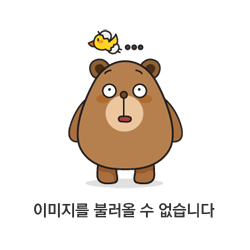-
제 5과 한국어 문장구조 순서(Korean Sentence Structure)Learn Korean/A1 2022. 10. 11. 20:01
What is the order of a Korean sentence? Is it like English?
I can say that it is totally different as English.
Let’s study Korean sentence structure. Korean sentences consist of either a subject + predicate (verb) or a subject + object + predicate (verb).
Look at the example below:
1.아이가 먹어요. Child eats
2.사람이 자요. people sleeps.
1.아이가 샌드위치를 먹어요. Chlid eats a sandwich
2.사람이 물을 마셔요. people drinks a water
This is one of the big differences between Korean and English
because a verb comes at the end of the sentence in Korean, and at the beginning of the sentence in English.
Next, topic is Korean grammar and particle usage. As you can see in the example above,
particles are attached to words in Korean sentences and express the role of words in the sentence.
Using the right particles is very important of speaking Korean fluently.
But you will ask me what is the particle usage? Let's look together.
1.아이(가) 샌드위치를 먹어요. Chlid eats a sandwich
2.사람(이) 물을 마셔요. people drinks a water
As you can see the example,particles are attached to words in Korean sentences.
Like 이 or 가 there are about 20 different particles in Korean.
But in this lesson we will only learn about most confusing particles and the differences between them, 이/가 and 은/는.
N은/는 follows a noun, indicating that it is the topic under discussion.
It means that is used when the speaker wants to talk about or explain the main idea, topic, or issue of discussion
That is why N은/는 are called topic markers. When can you use 은 or 는?
Nouns that finish with a vowel, 는 is added, and for words that end with a consonant, 은 is added.
Exmaple: 그녀(는) 미국 사람이에요. She is an American.
마이클(은) 호주 사람이에요. Michle is Australian.
이/가 are called Subject Particles.
This particle is added to the end of a subject to designate it as the subject of the sentence.
For words that finish with a vowel, 가 is added, and for words that end with a consonant, 이 is added.
How was the lesson today? I hope you enjoyed the lesson today.
다음 시간에 만나요 (See you next lesson!)Are you interested in a private lesson?
Write to me email (talkkoreanwithsue@gmail.com) or comments below!
'Learn Korean > A1' 카테고리의 다른 글
제 6과 ~이다(to be) (0) 2022.10.11 제 4과 한글을 읽어봅시다. (3) (0) 2022.10.11
